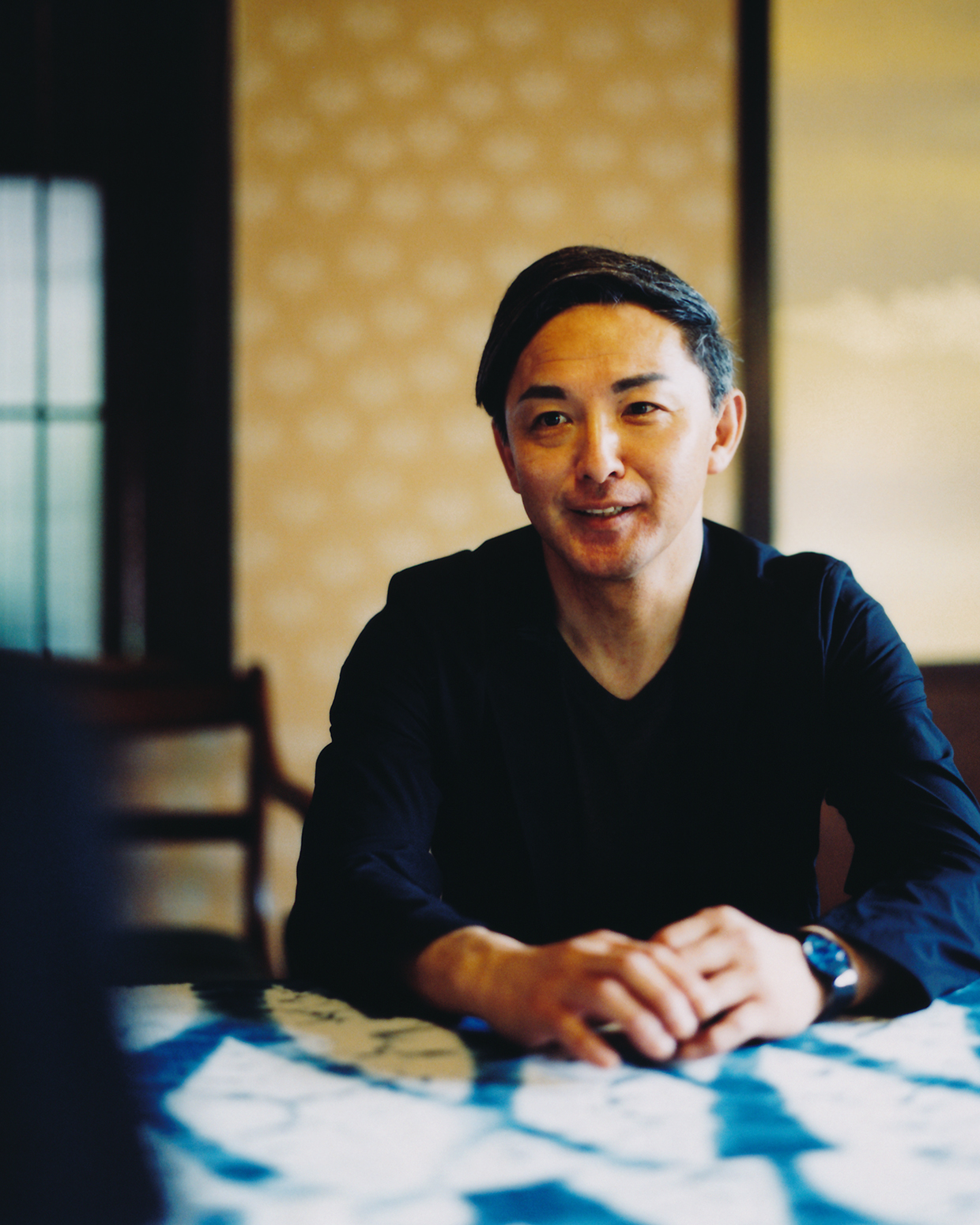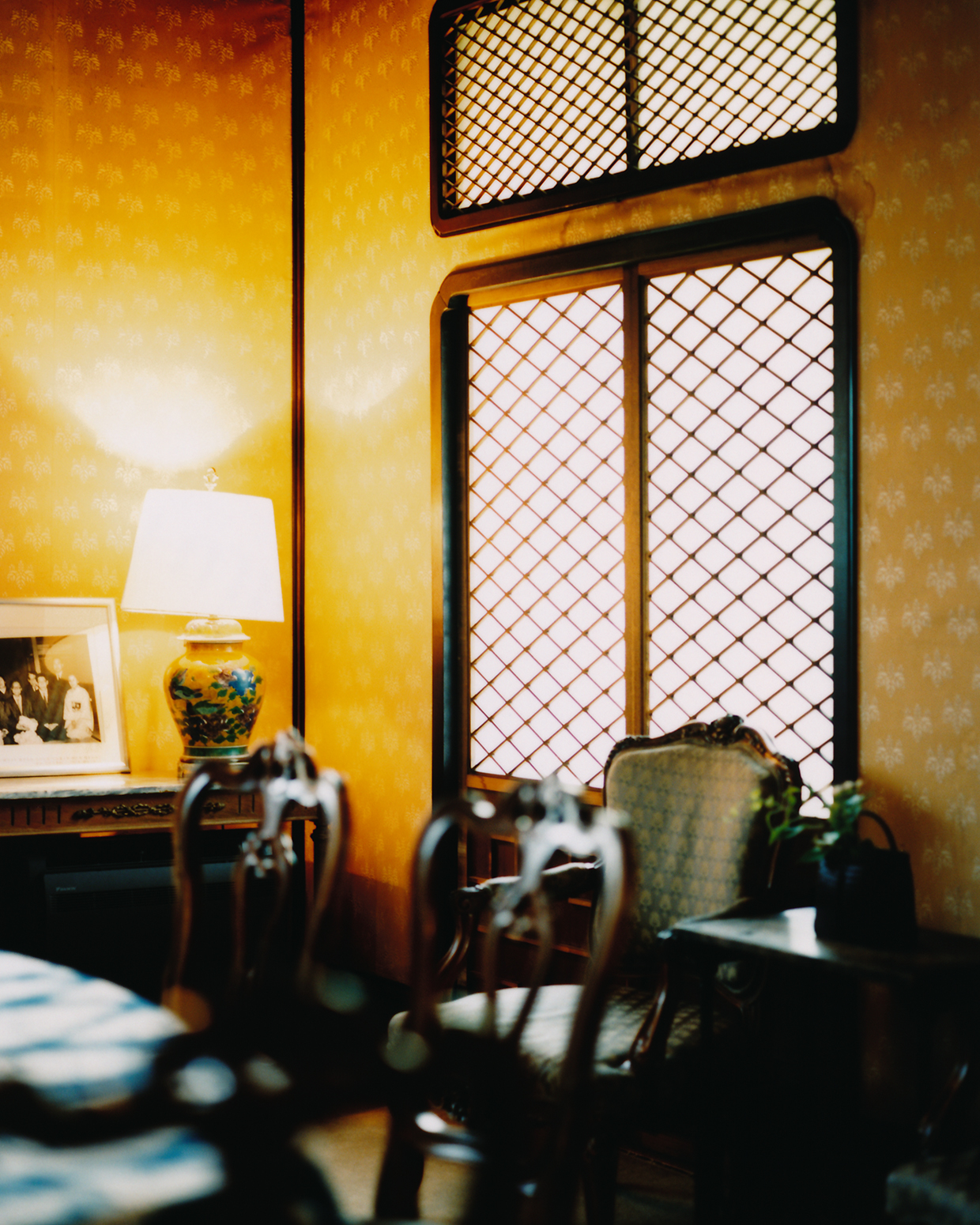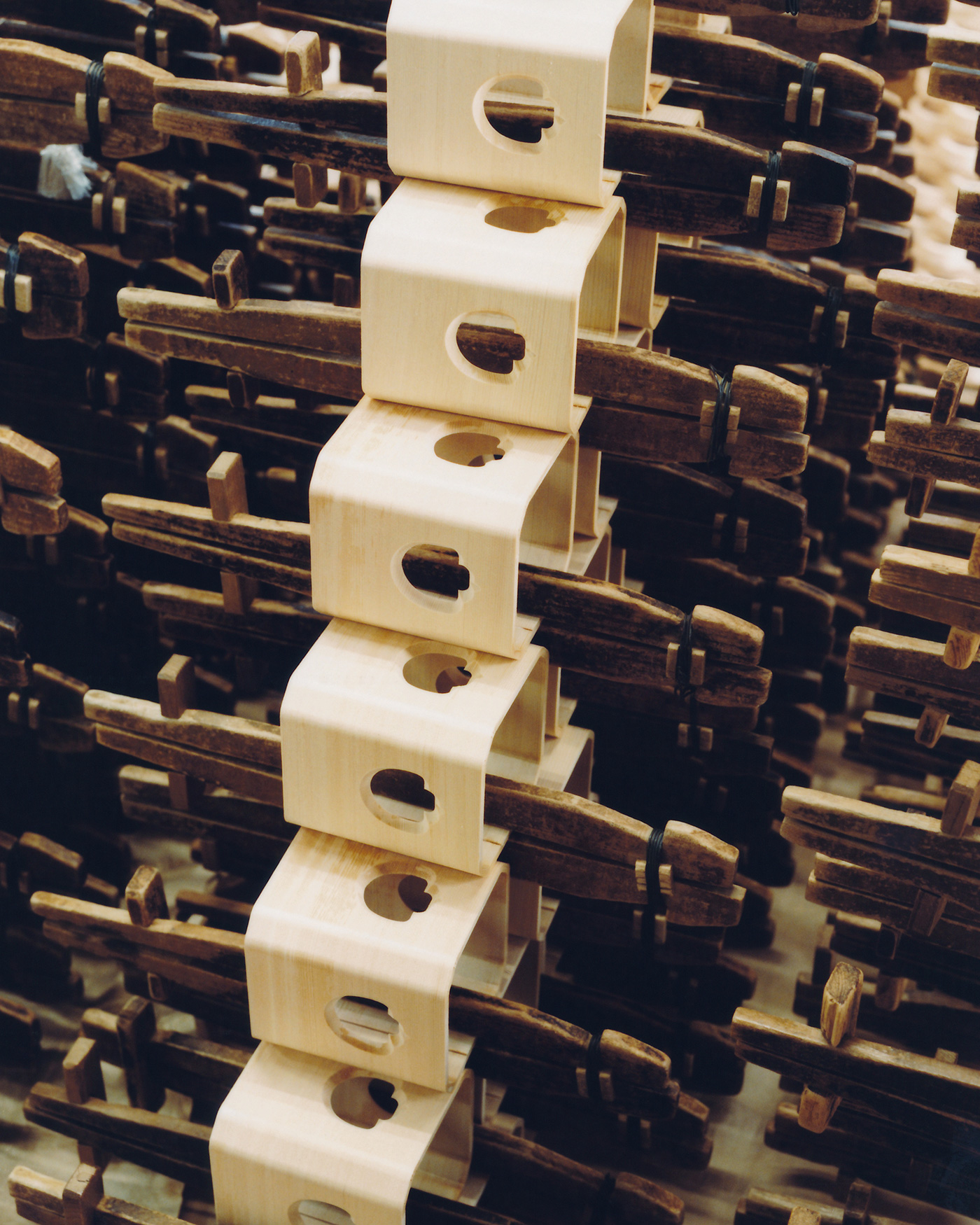Arimatsu Narumi Shibori
Kahei Takeda Shoten, located in Arimatsu, Midori-ku, Nagoya City, was founded in 1608 as a company descended from Shokuro Takeda, the founder of Arimatsu-Narumi shibori, and has a history stretching back more than 400 years to the opening of the Tokaido Highway. We interviewed Mr. Urata, who has worked for Kahei Takeda Shoten for 27 years and is responsible for this project, at the historic building, which is also designated as a cultural asset by Nagoya City.

I heard that the history of Arimatsu-Narumi shibori is over 400 years old. Nowadays, there are several Arimatsu-shibori companies, but is Takeda-san the oldest among them?
The company was founded in 1608. Our chairman’s ancestor was Shokuro Takeda, the founder of Arimatsu shibori, and the Takeda family is the only family in the entire town that has the same lineage. The town was founded in 1608, so technically, it is 414 years old.
This building is also wonderful. Is it from the time of its establishment? Can you tell us what kind of history it has?
The building itself was destroyed by fire once during the Tenmei Era (1615-1644), and the entire town was destroyed by fire during the Tenmei Era (1615-1644). So the oldest part of the building is 240 years old. I heard that the front street is about 200 years old. The building itself, where we are now, is designated as a cultural asset by Nagoya City. It has been extended several times, but the newest room is 100 years old, from the Taisho era.
Arimatsu shibori is a traditional industry made in the entire Arimatsu area of Nagoya, and I understand that basically all processes are made by the division of labor. How exactly does Kahei Takeda make its products?
The basic flow is that we are in charge of planning the project, and the person who actually does the work is called a “kageshi. First, we work with a designer to come up with a design, and the “kageshi” is in charge of expressing it. When we order something we want to make, the design is drawn up, a mold is carved, and it is then printed. We take it to various tie-dye shops, collect it again, take it to a dyeing shop, collect it again, take it to a thread remover, and the final finishing touches are done here.
In the past, there was a person who played the role of a “kageishi” (shadow artist) who acted as an intermediary between the various craftspeople. Nowadays, however, such a system has almost disappeared, and people are doing various things on their own. In the old days, Arimatsu was the top of the industry, and the work was divided among various companies, and the town of Arimatsu was the aggregate of these companies.

Now that you ask, there are many work processes, what are the different processes and techniques?
First, there is a designer who comes up with a design, and then a mold is carved accordingly. The purpose of carving the molds is to put dots on the fabric to tell it to squeeze the fabric. The mold is then placed on the cloth and printed with water-soluble blue-and-white dye. The dyed part is then taken to the shibori craftsman, who finally begins the shibori process. After a few months, when the shibori work is finished, we collect the dyed cloth again and take it to the dyeing shop, asking them to dye it in this color. The dyed fabrics are collected again and taken to a dyeing shop, where they are dyed in this color. Next comes the “yunoshi-ya,” or hot-water stretcher, which stretches the shrunken cloth by applying steam to it in order to make it wider. Finally, there is the tidying up shop, where the fabric is sorted out in detail. That is the end of the process. There are approximately eight processes.
Do you still have all the companies of craftsmen for each process?
The thread pulling shop is no longer in business, so we are doing it here now. The only other silk dyeing is done in Kyoto. There used to be one in Arimatsu, but the craftsman is now over 90 years old, and he quit when he was 80 or so, so we had to cry.
Are there no successors or newcomers to the business?
There are none. In the end, the demand is so low that we can’t eat. In terms of yukata production, at its peak there were 200,000 yukata per year. Now it is less than 20,000.

Is the change of era from Japanese to Western-style clothing a major factor?
This is partly due to the shift from Japanese to Western-style clothing, and Arimatsu is attempting to shift gears in this way. The creation of the shaping technique and the development of new shibori techniques have spurred a shift in this direction, and now that everyone has started making various products, such as Western-style clothing and sundry goods, each with its own flavor, I wonder if we will see a shift in that direction in the future. I wonder if we will see a shift in that direction in the future.
However, I still feel that kimonos are our starting point and that we must continue to make kimonos.
No matter how much sales decline or demand disappears, we must continue to do so. If kimonos were to disappear and become only miscellaneous goods and Western-style products, I think the sense of value would completely disappear. That is why the significance of our kimono business is so great. I believe that it is precisely because we have the kimono as our starting point that we are able to change.

Even today, would you say that kimono is still a representative product of Kahei Takeda Shoten?
Yes, we still sell mostly kimonos. Kimonos are still the main products of our company, and most of our sales come from kimonos.
How many artisans are involved in making one kimono?
As I mentioned earlier, there are about eight processes, so that’s eight people. Basically, shibori has always been called “one man, one technique,” meaning that for each shibori, there is a specialist craftsman. If five different tie-dyeing techniques are used in a kimono design, it takes five craftsmen to do the tie-dyeing alone. Generally, at least 10 people are involved.
Then again, it would be pricey.
Basically, yes. However, if we take that step too far, the product will not be distributed. This is a business story, but it is a balance between the two.
There was a time not so long ago when we were sending work overseas in order to lower wages. We built a factory in China, and while we shared some technology, we sent all of our manufacturing overseas. That is also the cause of the decline of this town itself. However, if we wanted to distribute our products, we had to lower wages and increase production, so we sent our products overseas, and it is difficult to judge whether that is good or bad.
However, the entire town of Arimatsu is now trying to stick to the “Made in Arimatsu” concept. Therefore, a large percentage of yukata are now being made in Japan. Although domestically made yukata are more expensive, they actually sell better.







